Water damage can happen anywhere in your home due to humidity, rain or snow. When an excess of moisture is present, it can cause costly damage that will lead to numerous repairs.
An excess of moisture also provides an ideal environment for mold and mildew growth as well as termites, leading to continual damage. If flooding occurs around your home’s foundation, the “core” is weakened, which can be detrimental to the longevity of your home over time.
Whether it be rain, snow, or humidity, when moisture accumulates it is important to protect your home at all costs.
Inspect Water Damage
The first step in preventing water damage is ensuring your home doesn’t have any present issues. Common areas where water intrusion occurs are windows, doors, roofing, siding, basements, and plumbing. It is important to inspect these areas to ensure that they are in good condition.
Quality windows, doors, roofing, and siding are critical for keeping moisture away from your home. Basements are also prone to flooding, so it is necessary to take every precaution possible to have a weatherproof seal. If you don’t have a basement, make sure your crawlspace is dry and free of moisture. Finally, inspect your plumbing and look for signs of broken, corroded, or leaking pipes.
Address Water Damage
Once you have addressed potential water damage issues in your home, the next step is to make a few home improvements to proactively protect your home.
Flashing is a metal strip that is designed to stop water from intruding and should be installed around your doors and windows. Dehumidifiers are great for regulating the humidity levels in your home (especially in basements) and could help keep your home mold and mildew free even in the most humid climates. Rain gutters are also essential for rainy climates, as they route rain water away from your home’s foundation. It is equally important to keep your gutters/spouts clean and free of debris. Plastic covering for the ground in your crawlspace can keep moisture from escaping the soil and accumulating in your home. Landscaping can also help combat floording around your home’s foundation. Your yard should generally slope away from your house, and shrubs and plants can be planted to control seasons of increased precipitation. Another important way to prevent water damage is by installing a sump pump. Sump pumps are mandatory in some parts of the country and will keep excess water from rising too high in your basement.
Combat Water Damage
The proper home improvements paired with proactive maintenance, such as regular leak inspections and sump pump checks, roof inspections, and vent cleaning will put you in a much better position to combat water damage in your home.
Water, in its many forms, can find a way into your home if you aren’t vigilant that water will destroy the wooden structures of your home, weaken your foundation and otherwise wreak havoc on your property. So take the time to make sure all of your water damage prevention components are in place.
Did you know that Cinergy Homes and Remodeling offers Insurance Restoration services? We can restore areas in your home that have fallen victim to water damage and can coordinate the details of your claim with your insurance company. Contact us today for more information!
Here’s a few before and after pictures of a water loss Insurance Restoration project we recently completed!
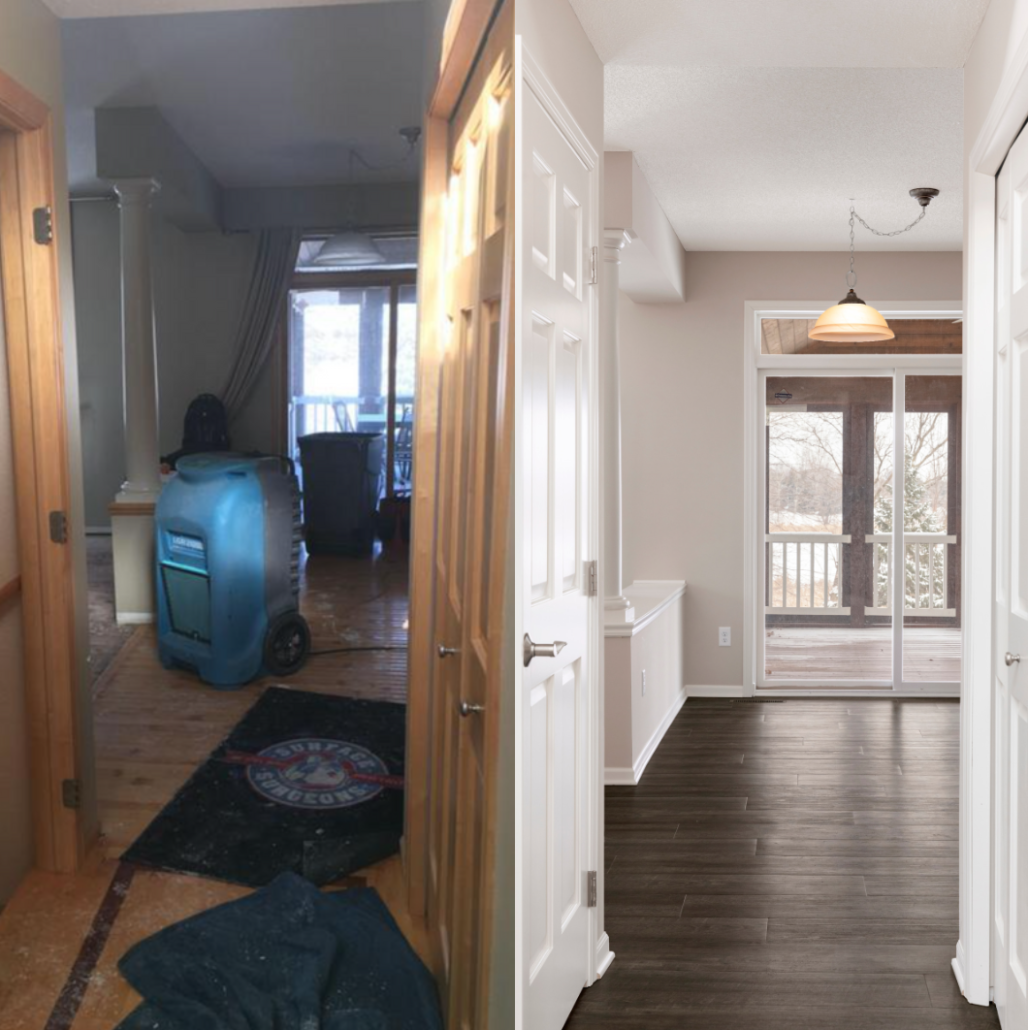
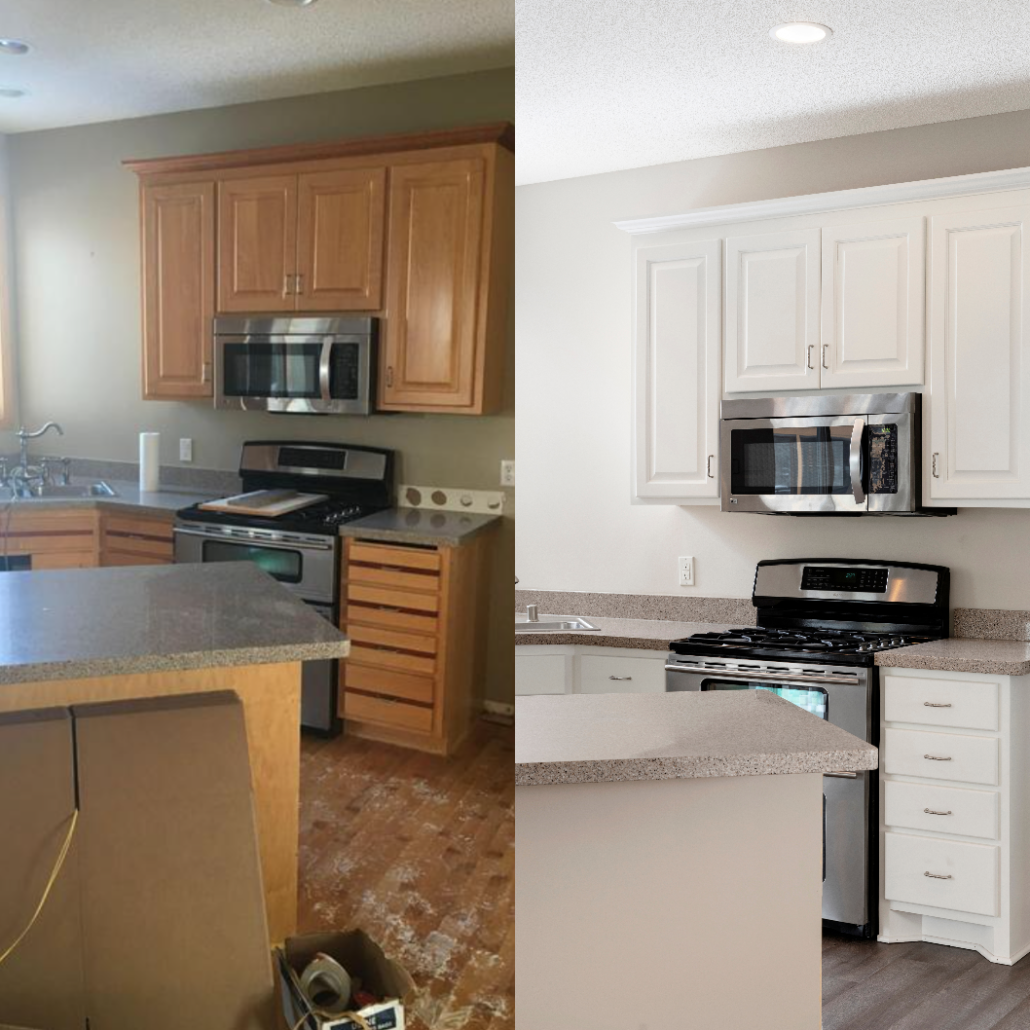
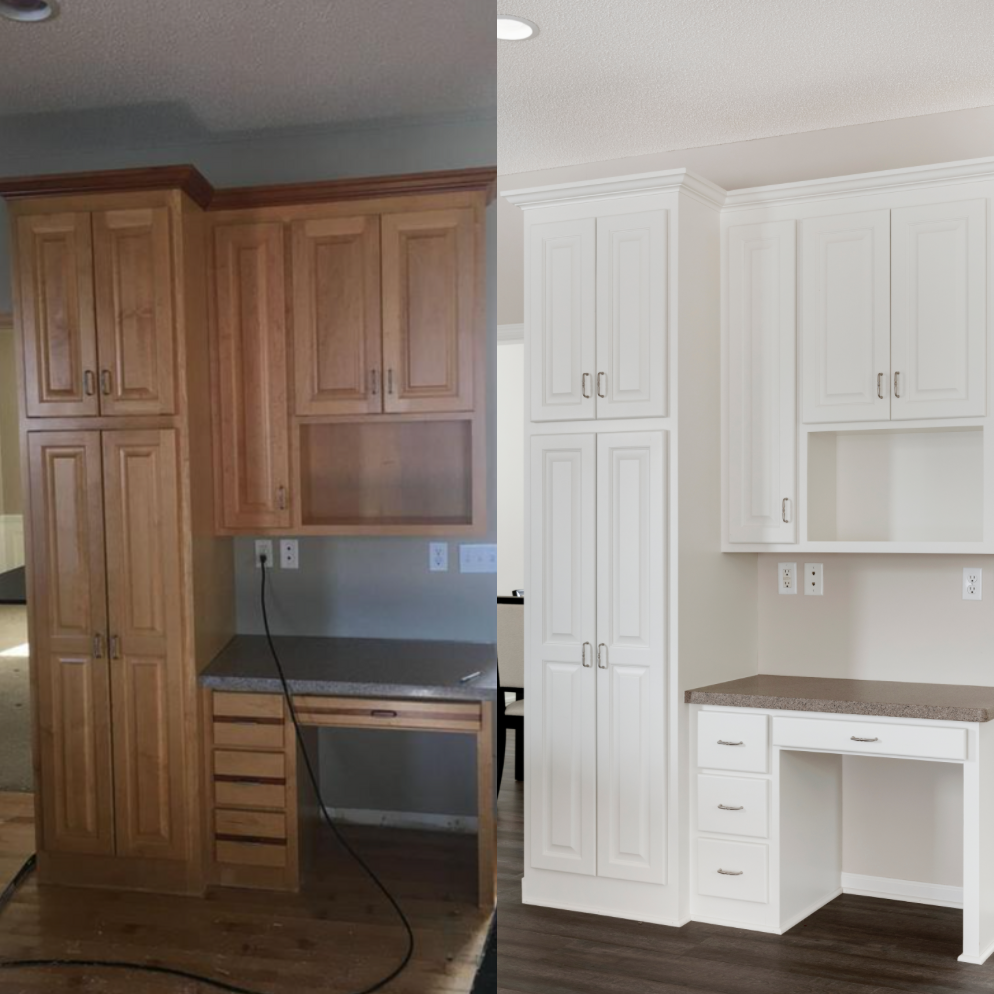

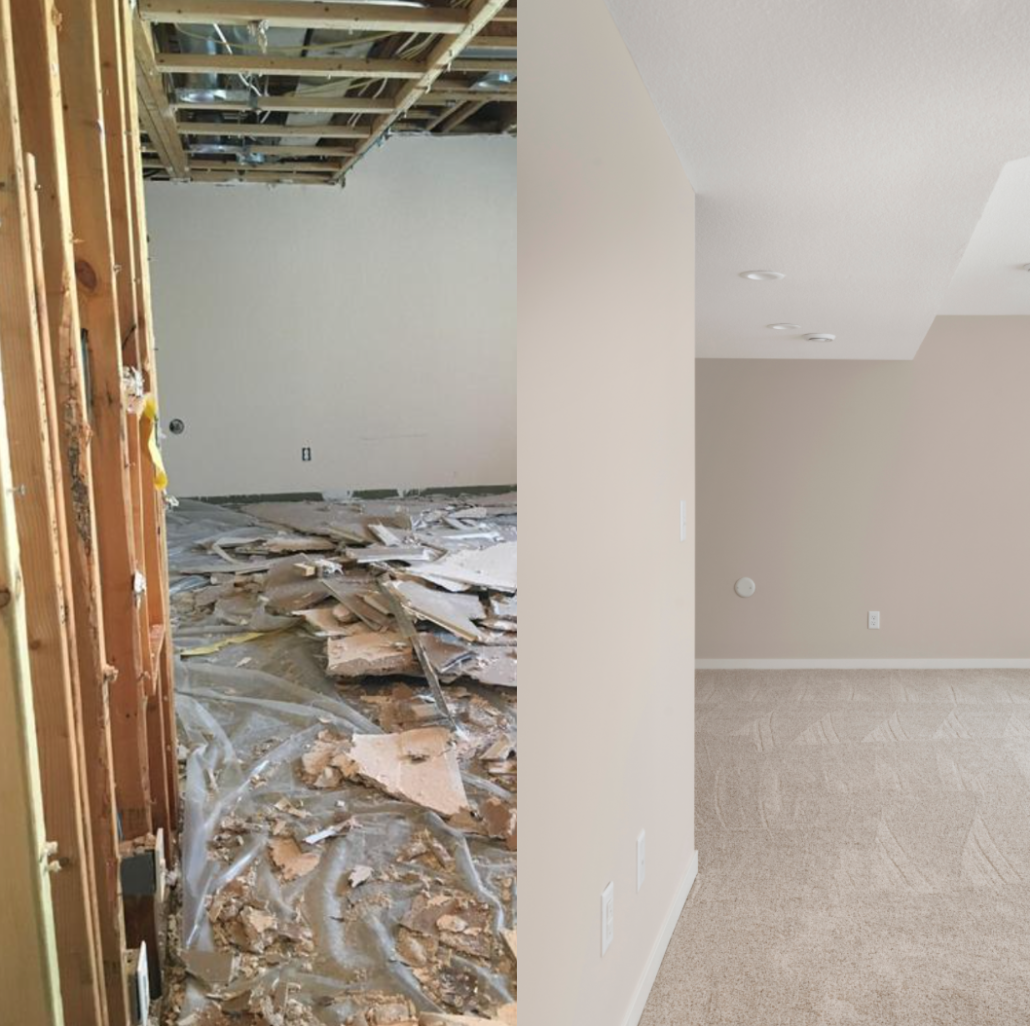
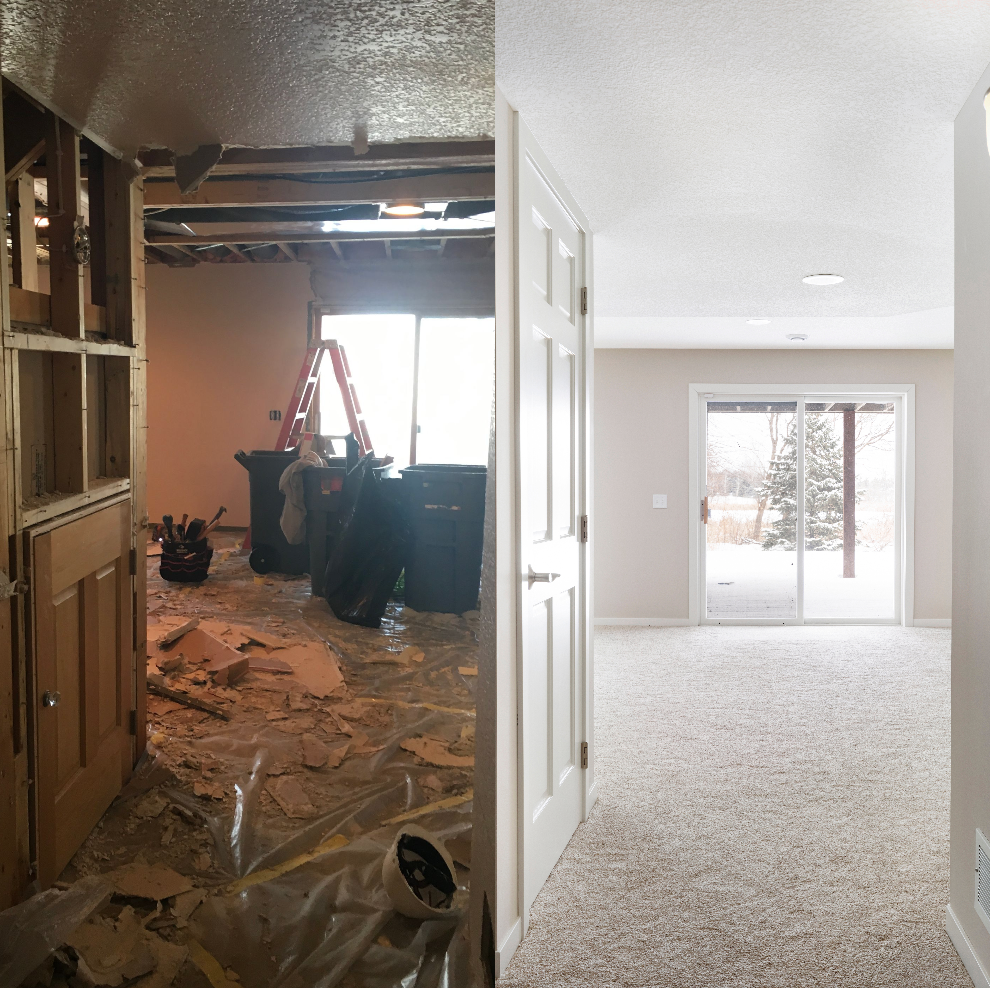

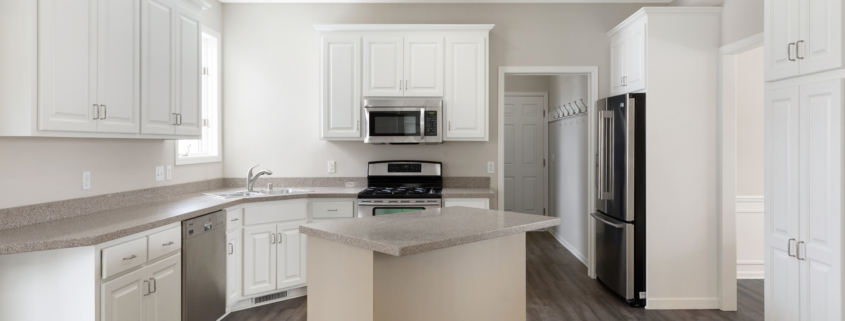


Leave a Reply
Want to join the discussion?Feel free to contribute!